Regeneration is the natural process of replacing or restoring cells that have been lost or damaged due to injury or disease. A few animals can regrow entire organs or other body parts, but most have limited abilities to regenerate.
Scientists in the field of regenerative medicine study how some animals are able to rebuild lost body parts. By better understanding these processes and learning how to control them, researchers hope to develop new methods to treat injuries and diseases in people.
Take this quiz to test what you know about regeneration and regenerative medicine. Then check out our Regeneration fact sheet and the regeneration issue of Pathways, a teaching resource produced in collaboration with Scholastic.
-
Zebrafish can regrow their fins. They can also repair damaged organs, including the brain and heart, as well as an injured spinal cord. Try a different answer.
 Credit: iStock.
Credit: iStock. -
*That’s right! Fruit flies (Drosophila) can’t regrow lost or damaged body parts. They are a popular research organism for studying various aspects of developmental biology and genetics in the lab, but not for studying regeneration.
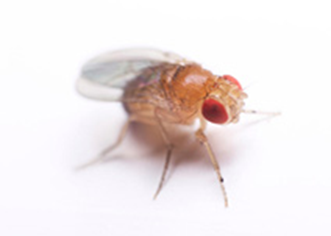 Credit: iStock.
Credit: iStock. -
Sea urchins have the ability to regenerate damaged parts, including their spines and tube feet, even when they’re quite old—and some sea urchins live more than 100 years! Try again.
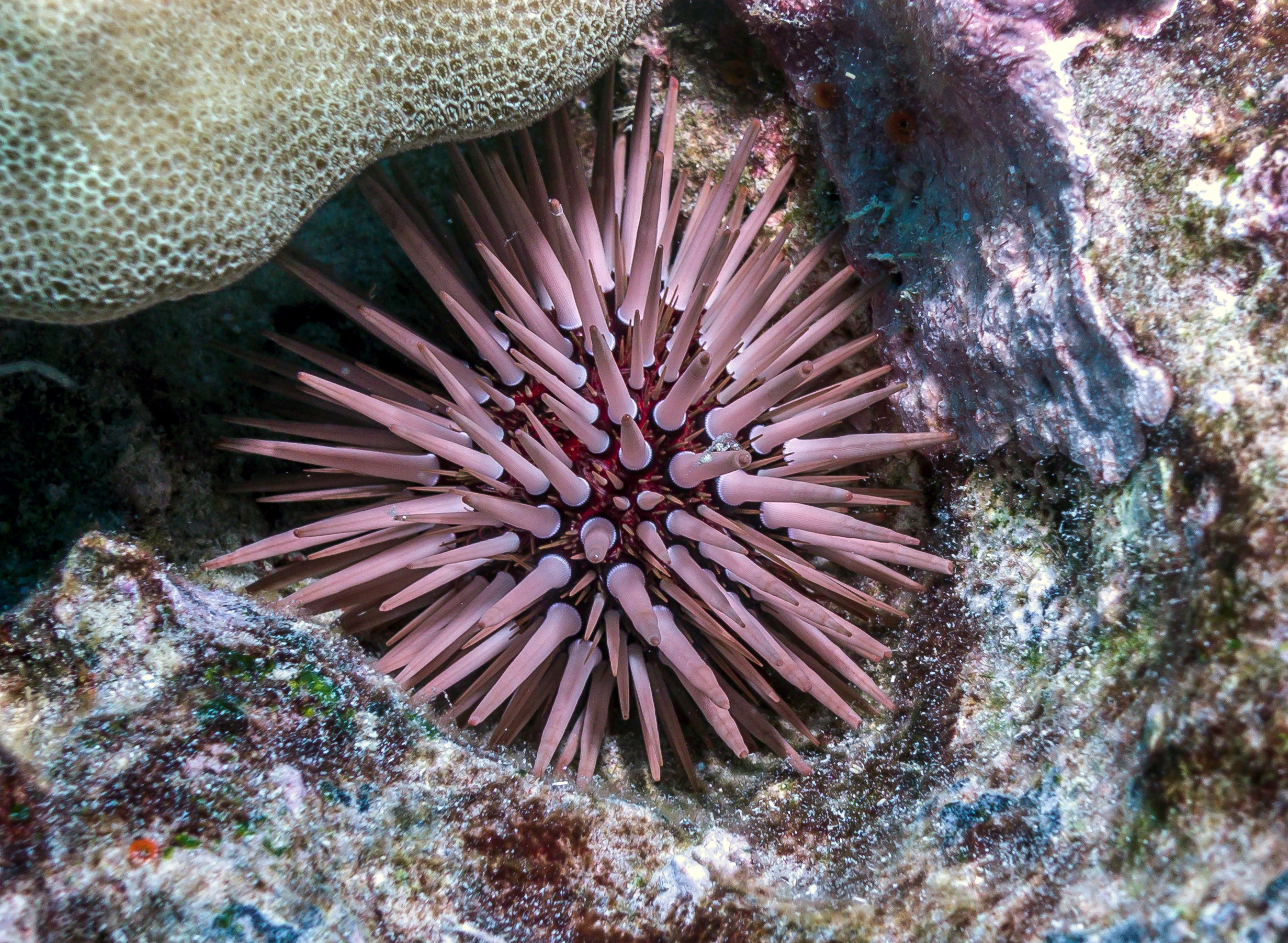 Credit: iStock.
Credit: iStock. -
Axolotls can regrow their tails and their limbs as well as their spinal cords and brains. Choose another answer.
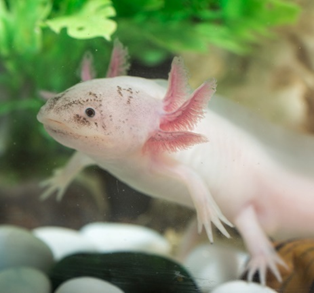 Credit: iStock.
Credit: iStock.
1.) Which of these animals don’t have the ability to regenerate?
-
Tooth enamel is not a living tissue, so it can’t regenerate. This is why it’s so important to take care of your teeth. Try another answer.
 Credit: iStock.
Credit: iStock. -
Although some animals can regrow entire limbs, humans are unable to regrow toes, or any other limbs or extremities. Try again.
 Credit: iStock.
Credit: iStock. -
The valves of the heart are unable to regenerate. For this reason, surgery to repair heart valves often involves implanting either a mechanical valve or replacement tissue from a human or animal donor. Choose a different answer.
 Credit: Patrick J. Lynch, medical illustrator, and C. Carl Jaffe, MD. CC BY 2.5.
Credit: Patrick J. Lynch, medical illustrator, and C. Carl Jaffe, MD. CC BY 2.5. -
*That’s right! The human body can regenerate bone tissue, as well as skin tissue, to repair injuries. It also can regrow large portions of the liver. Although scientists believed for a long time that the brain could never grow new cells after brain damage, they now know that certain nerve cells can regenerate and form new connections.
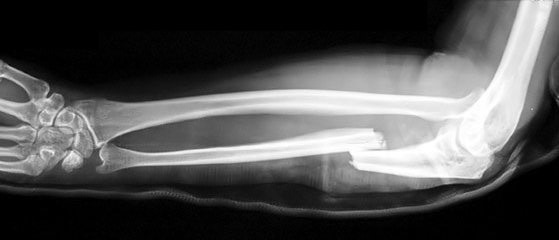 Credit: Jane Agnes. CC BY-SA 3.0.
Credit: Jane Agnes. CC BY-SA 3.0.
2.) The human body can regenerate:
-
*That’s it! It may seem strange, but only a tiny fragment of the worm is enough to regenerate an entire body, as long as the fragment contains at least one specialized cell called a neoblast.
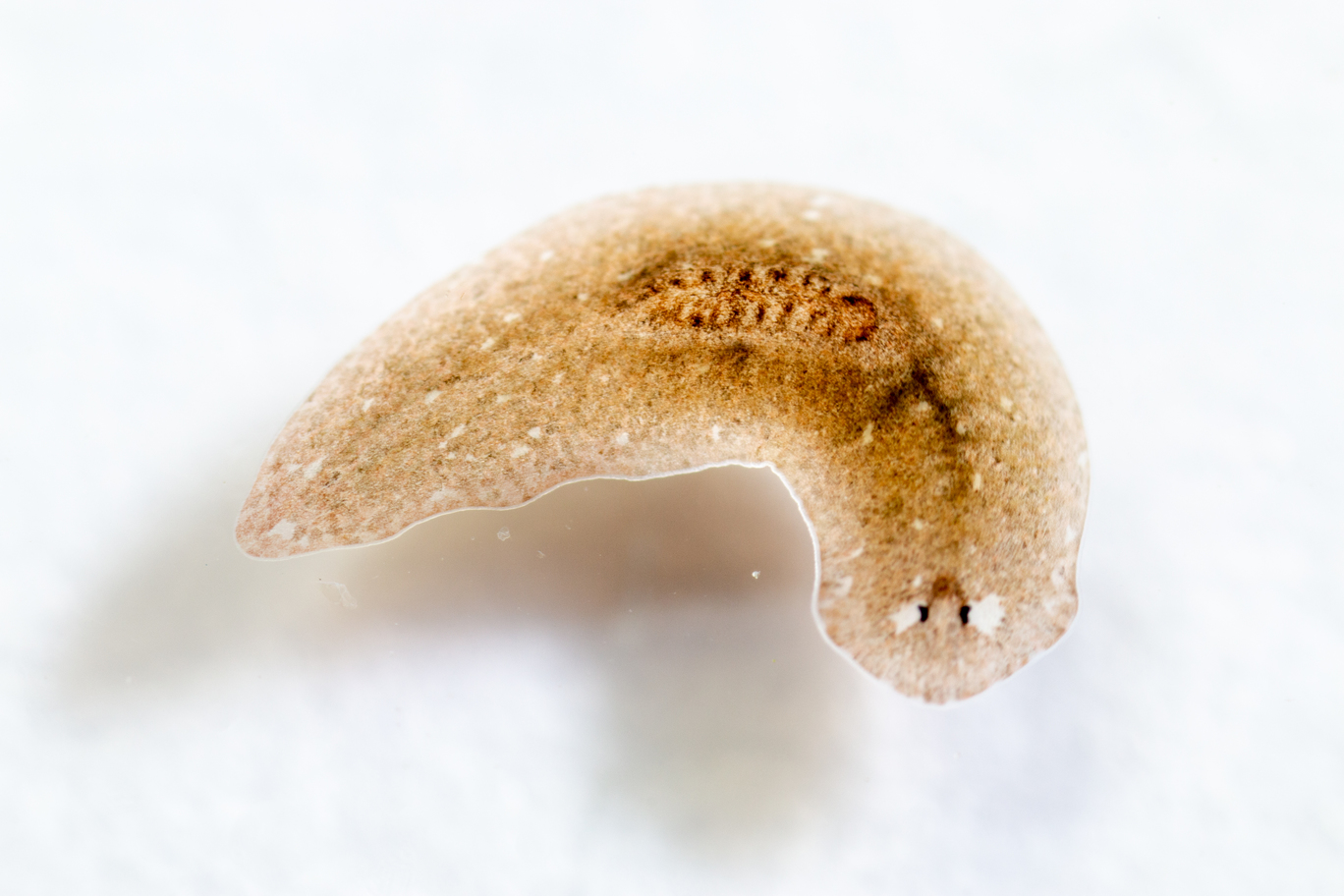 Credit: iStock.
Credit: iStock. -
Although it’s hard to believe, a planarian worm can regenerate its entire body and all of its parts, as long as the remaining fragment contains at least one specialized cell called a neoblast.
 Credit: iStock.
Credit: iStock.
3.) True or false: A planarian flatworm can regrow its entire body from one tiny piece of tissue.
-
*That’s correct! Scientists are trying to learn more about these genes so they can figure out how to activate them in humans.
 Credit: iStock.
Credit: iStock. -
It’s true that humans don’t use these genes for regeneration, but we do have them.
 Credit: iStock.
Credit: iStock.
4.) True or false: The same genes that some animals use to undergo extensive regeneration are also found in humans.
-
*Yes, that’s correct. Researchers use a tool that acts like a spray gun to treat burn wounds with the patient’s own stem cells. The stem cells are applied with the tool and help repair the wound by growing new skin. This prevents scarring and speeds up healing.
 Credit: James Thomson, University of Wisconsin-Madison.
Credit: James Thomson, University of Wisconsin-Madison. -
Unlike what you see in movies and on television, researchers haven’t developed a device like this to treat lung diseases like asthma. Try again.
 Credit: iStock.
Credit: iStock. -
Some regeneration researchers study animals that show few signs of aging throughout their lifespans, like sea urchins, to better understand human aging. But we’re far from having a treatment that allows people to completely stop the clock. Try another answer.
 Credit: Xevi Casanovas, Unsplash.
Credit: Xevi Casanovas, Unsplash. -
While human cloning may play a big part in science fiction, it’s not something regeneration researchers study in the real world due to ethical concerns. Choose a different answer.
 Credit: iStock.
Credit: iStock.
5.) Which of these is an achievement of regeneration research involving stem cells?

This post is a great supplement to Pathways: The Regeneration Issue.
This post quizzes how much you know about regeneration, the topic of Pathways.
Learn more in our Educator’s Corner.


This was an effective way to transmit information. Thanks!
5 out of 5. Not to shabby.
5 out of 5 .
Fun quiz; nicely done, and informative. 5/5, which I see is a trend from comment thread.
Fun Quiz. All my answers were correct. I am an Applied Biology major and interested in amphibians research including regeneration. This learning opportunity caught my attention.